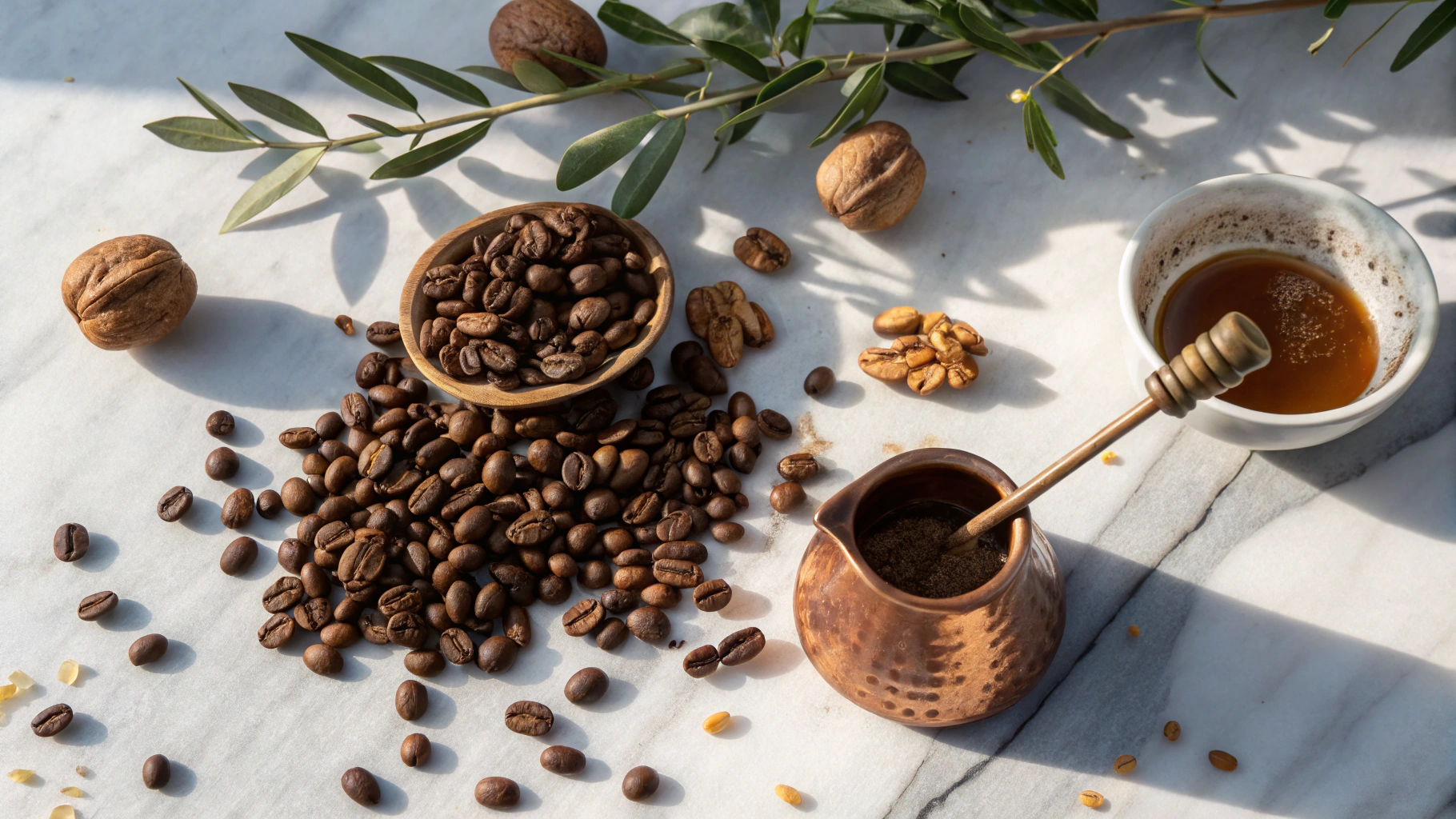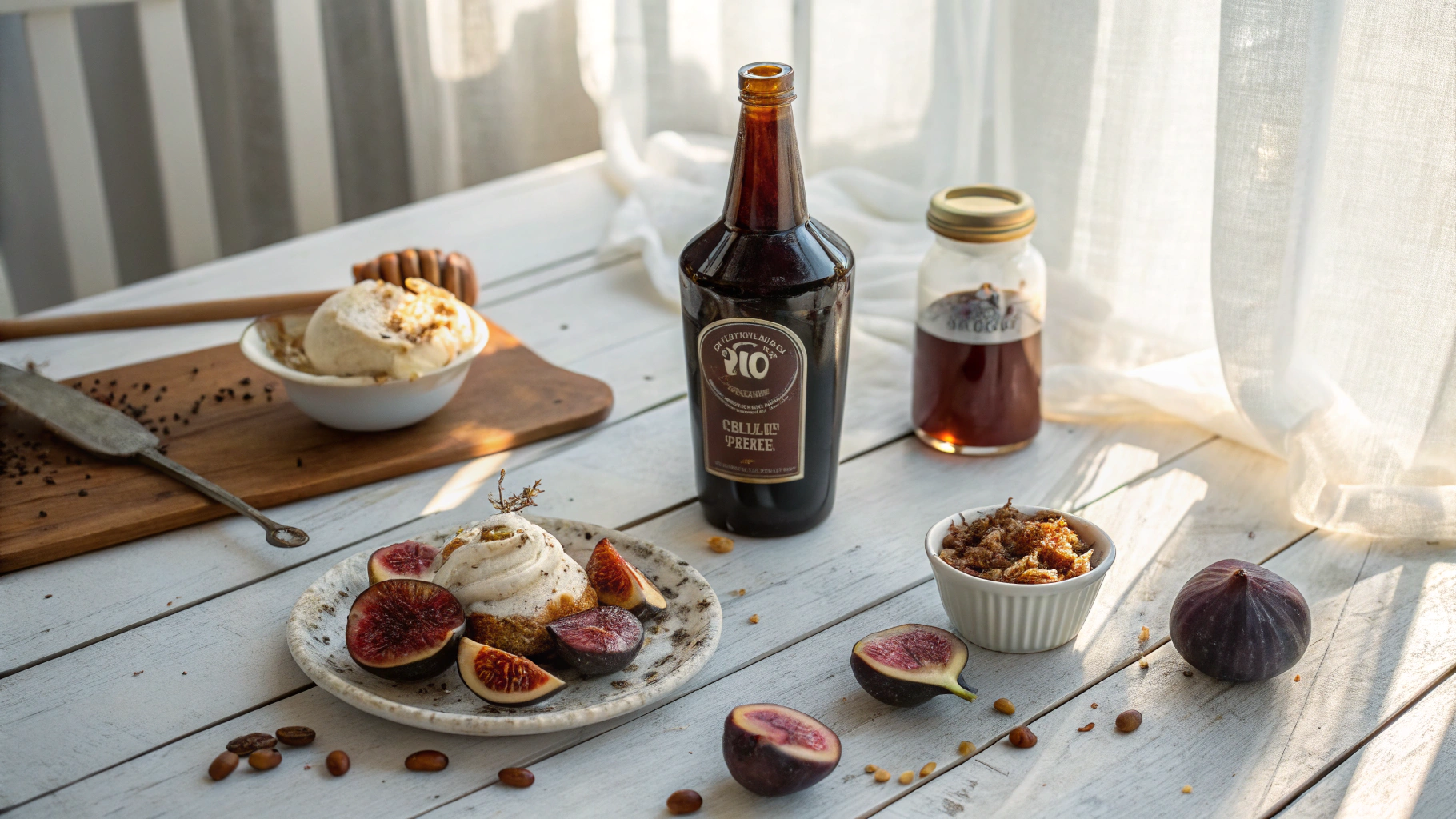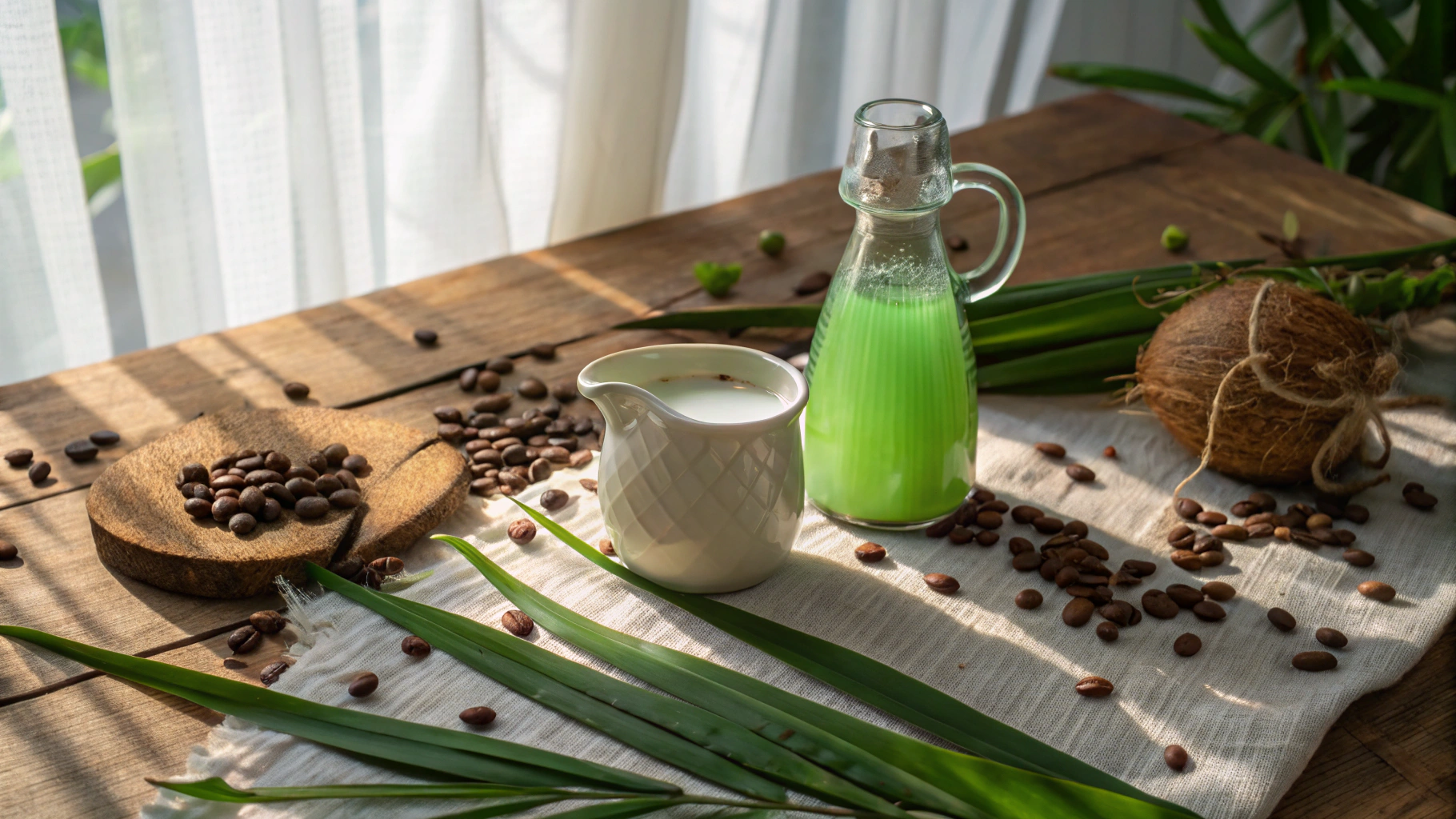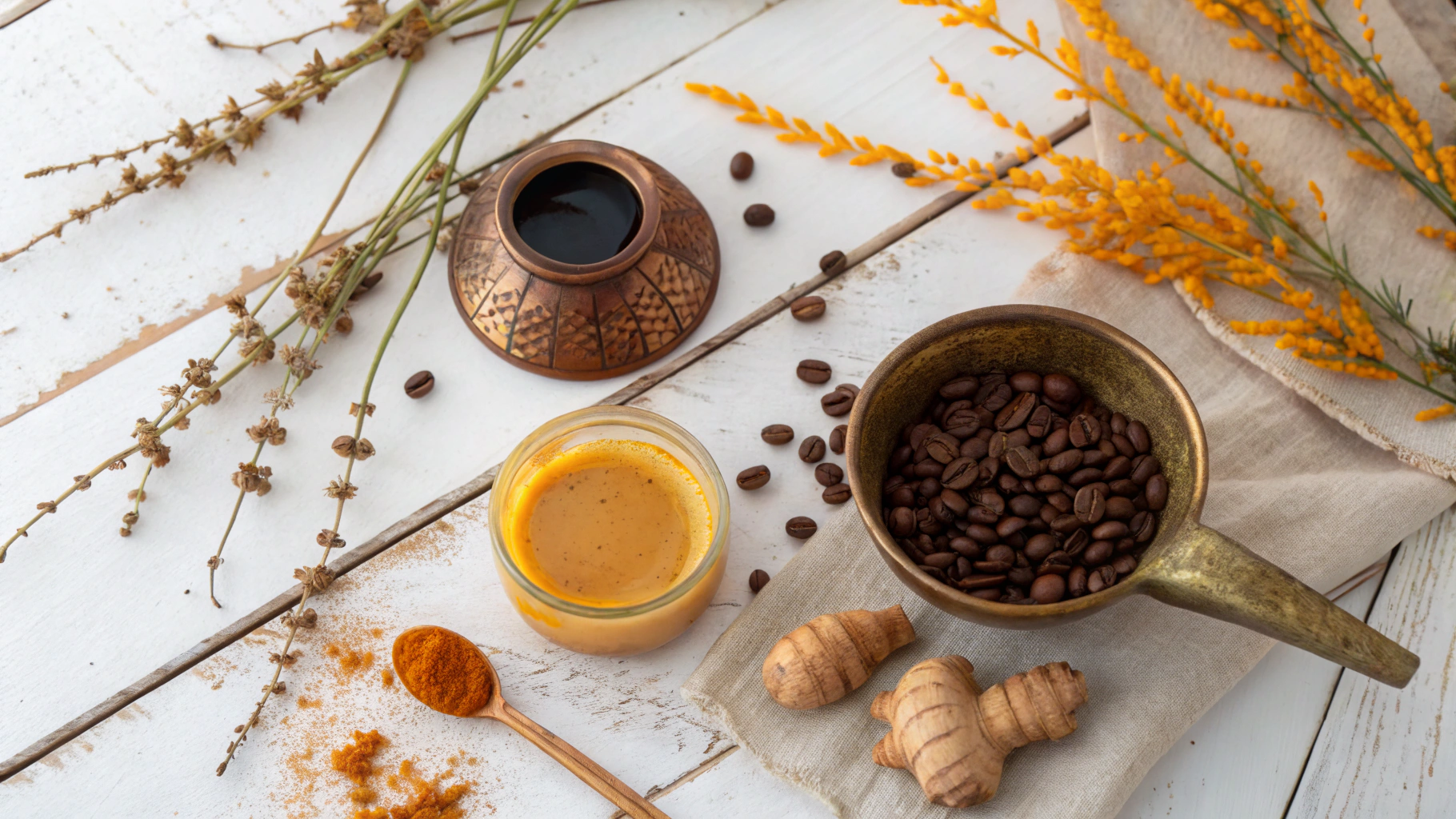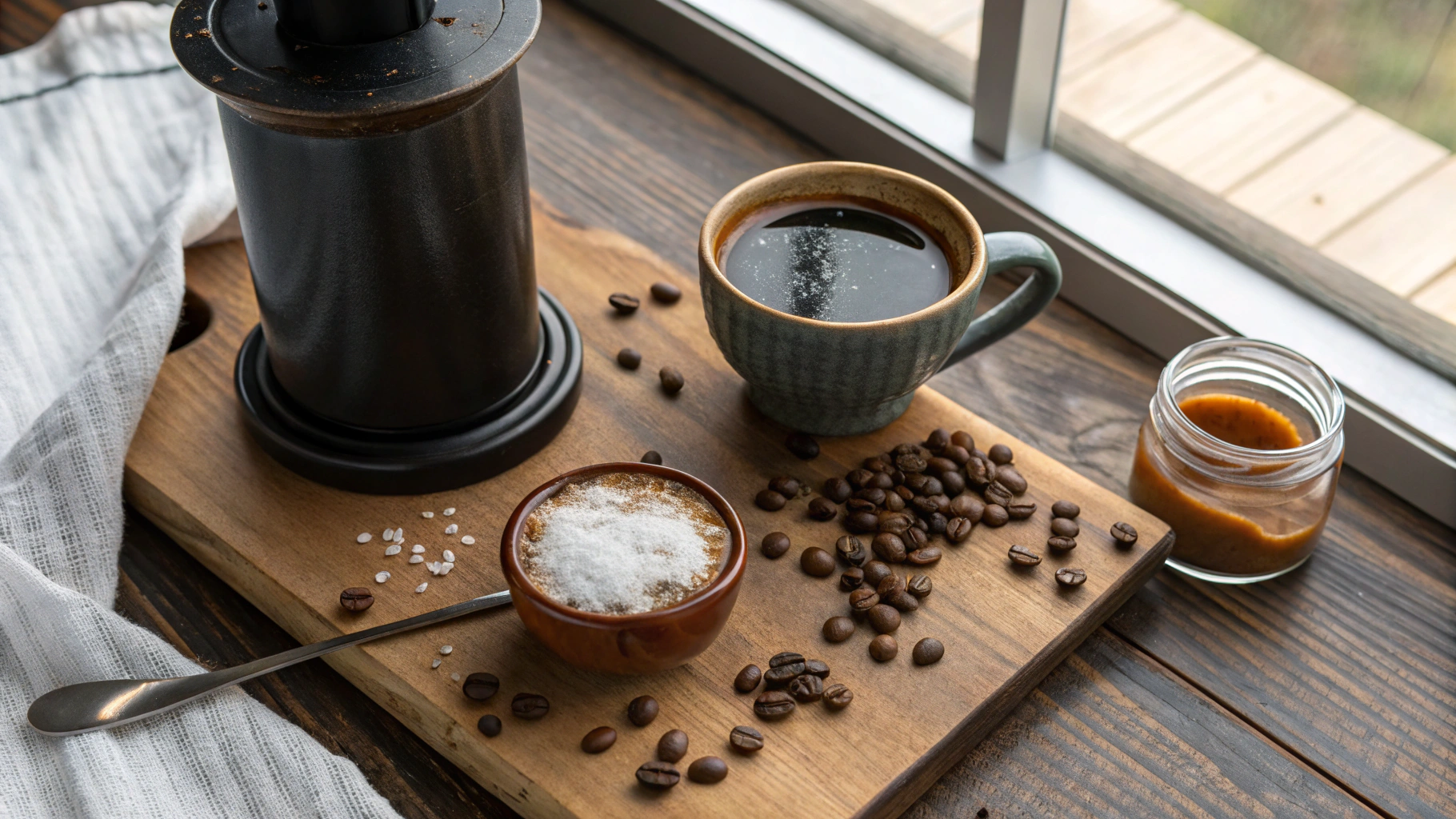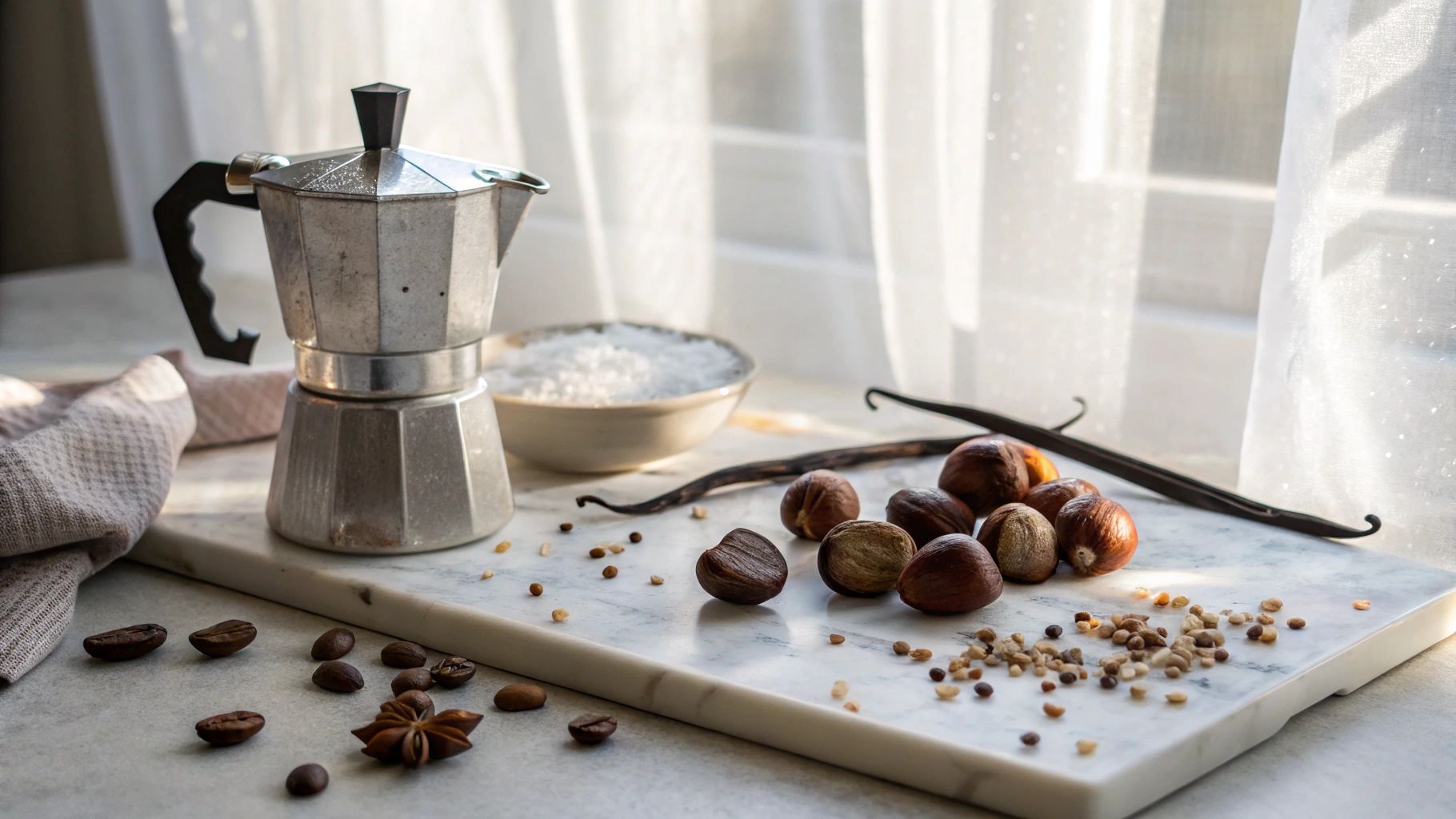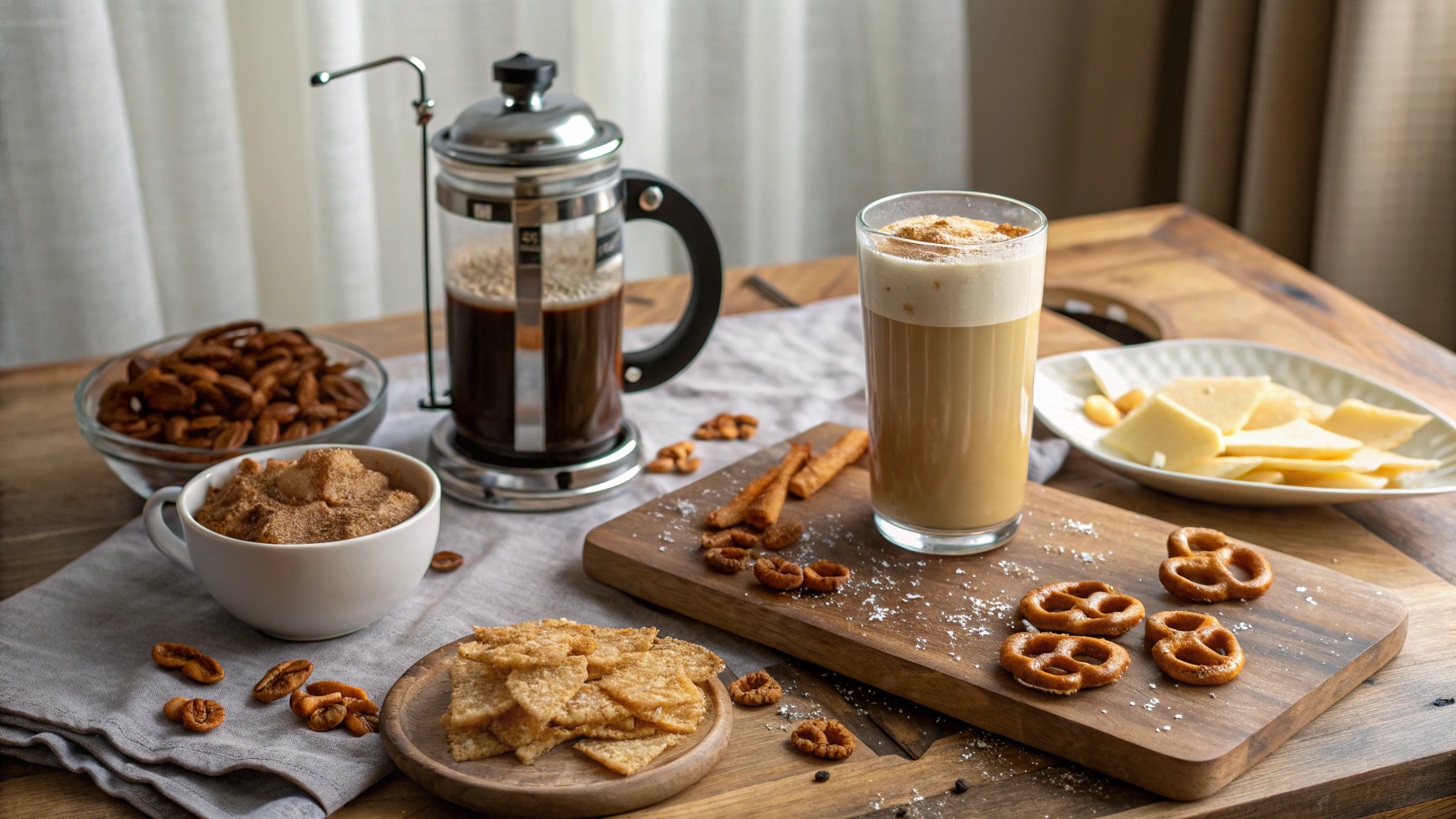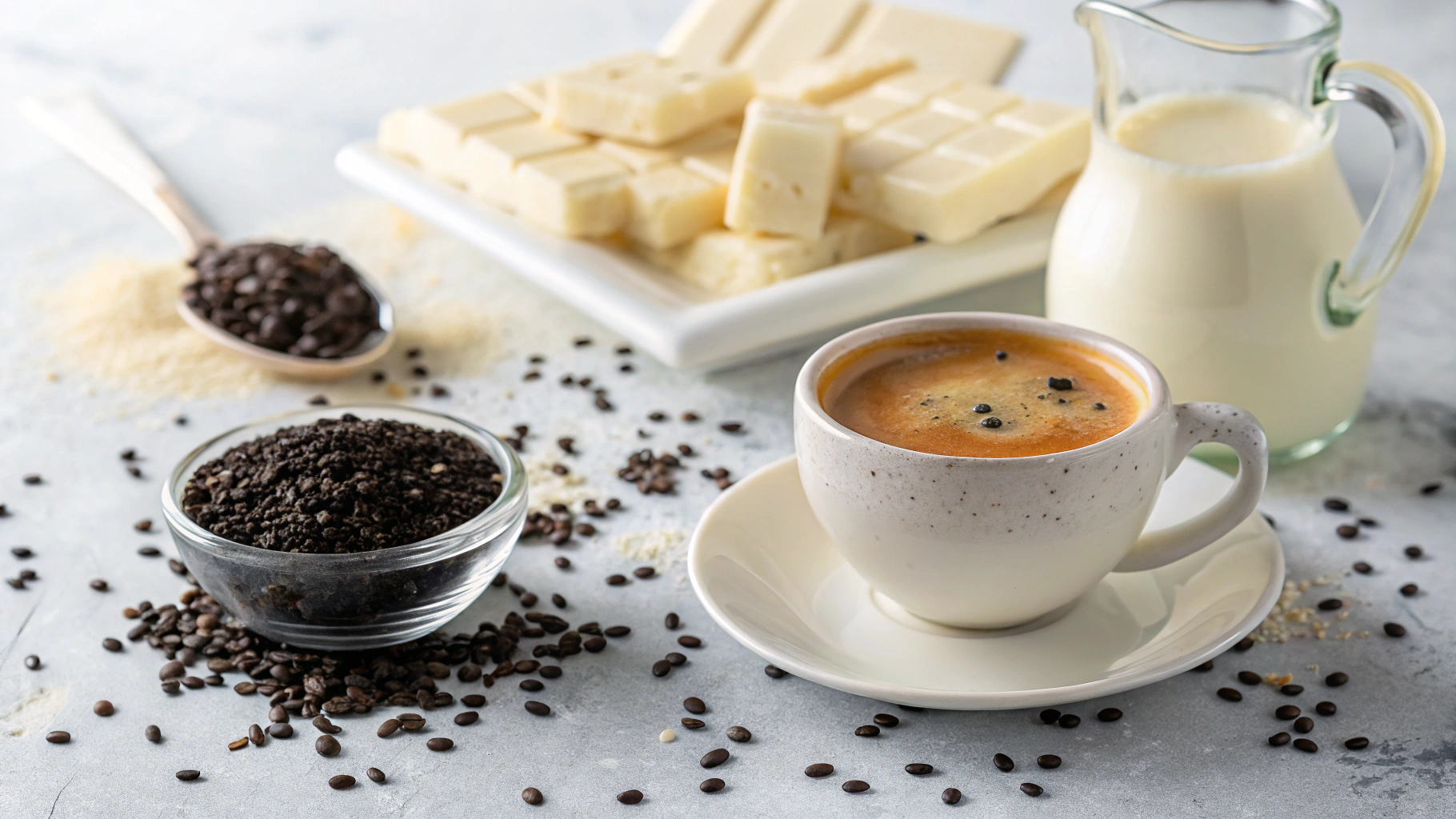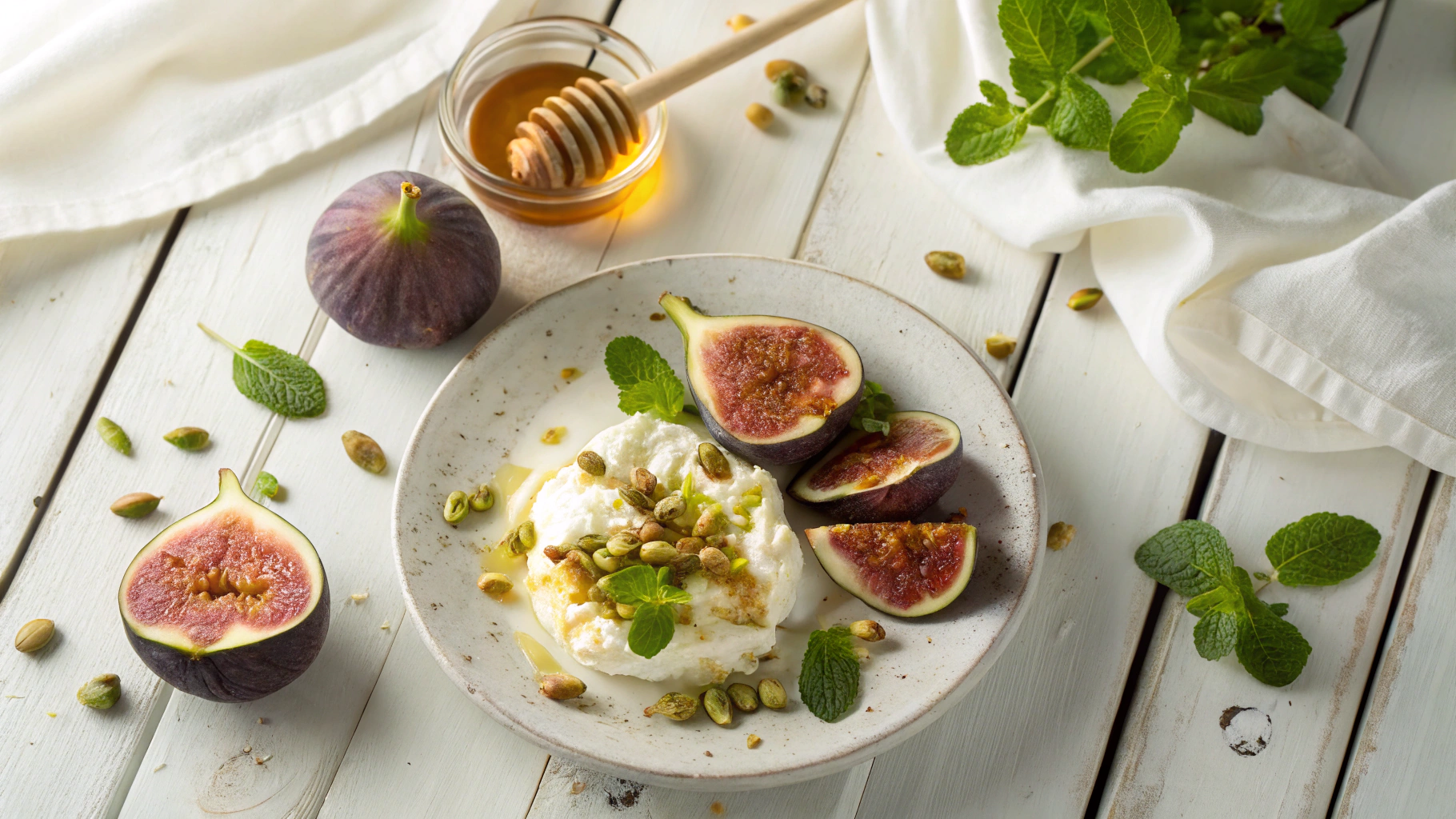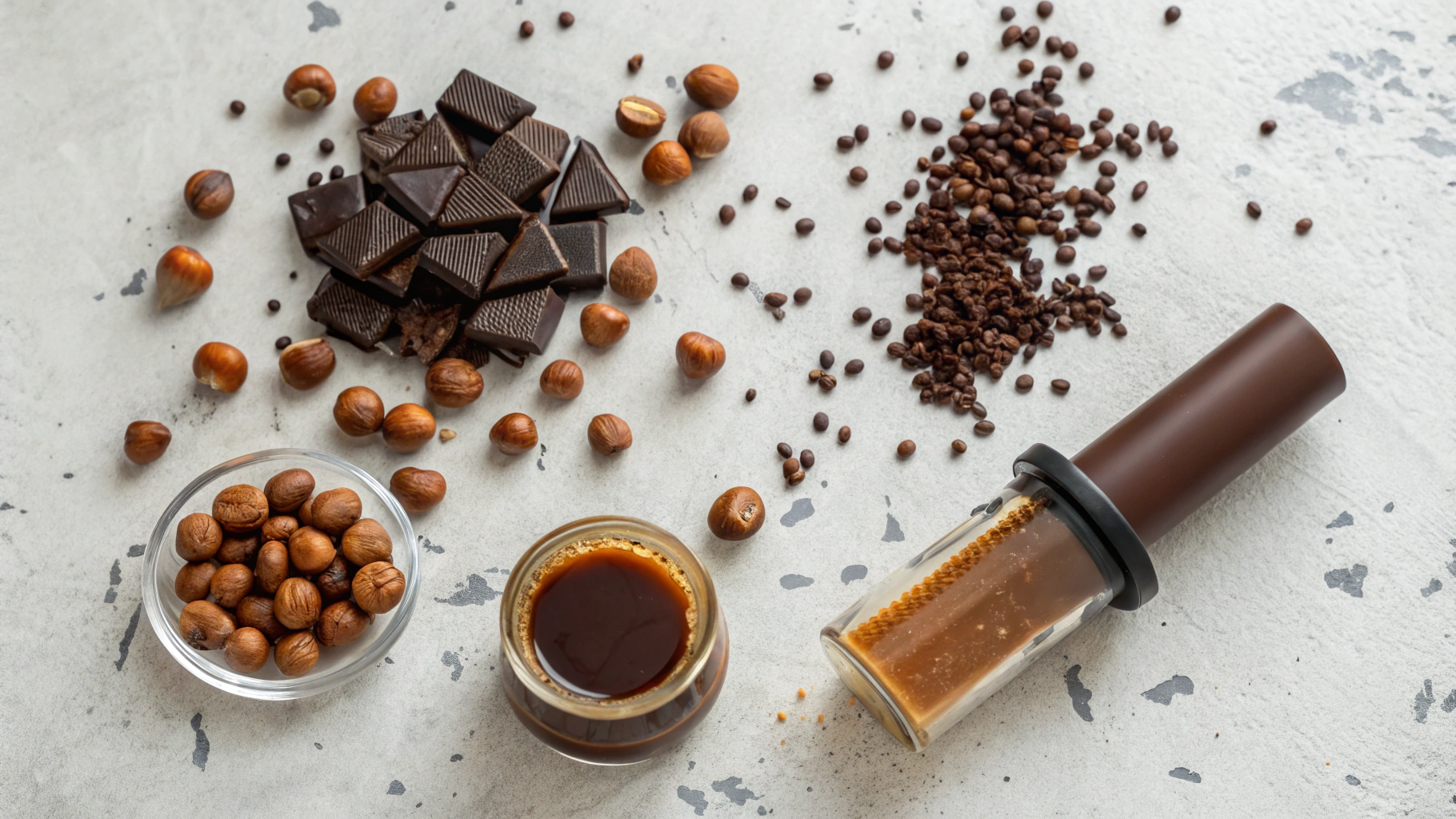
Classic Irish Coffee
A warming blend of smooth Irish whiskey, rich coffee, and creamy topping
Welcome to the world of Irish Coffee, a beloved classic that marries the boldness of coffee with the warmth of Irish whiskey. This iconic drink originated in the 1940s at Foynes Airport in Ireland, where chef Joe Sheridan created it to comfort weary travelers on a cold winter's night.
Our recipe calls for freshly brewed, strong hot coffee - we recommend a dark roast for its robust flavor. The coffee is sweetened with brown sugar, which adds a subtle molasses note, then generously spiked with smooth Irish whiskey. The crowning glory is a layer of lightly whipped cream, carefully poured over the back of a spoon to float atop the coffee, creating a visually striking and delicious contrast of hot and cold, bitter and sweet.
Why You’ll Love This Recipe
Discover why Irish Coffee is a timeless favorite:
- Perfect balance: The combination of bitter coffee, sweet sugar, and smooth whiskey creates a harmonious flavor profile
- Warming comfort: Ideal for cold evenings or as an after-dinner treat
- Impressive presentation: The floating cream layer makes for a visually stunning drink
- Customizable: Easily adjust the sweetness and whiskey amount to suit your taste
- Rich in tradition: Enjoy a piece of Irish culinary history with every sip

Classic Irish Coffee
A warming blend of smooth Irish whiskey, rich coffee, and creamy topping
Equipment
- Irish coffee glass or mug
- Spoon
- Coffee maker or brewing equipment
- Whisk or hand mixer (for whipping cream)
Ingredients
- 6 oz (180 ml) hot, freshly brewed strong coffee
- 1 tbsp brown sugar
- 1.5 oz (45 ml) Irish whiskey
- Lightly whipped cream, for topping
Instructions
- Brew a cup of strong, hot coffee using your preferred method.
- Preheat a Irish coffee glass or mug by filling it with hot water, then emptying it.
- Add the brown sugar to the warmed glass and pour in the hot coffee. Stir until the sugar is fully dissolved.
- Add the Irish whiskey and stir gently to combine.
- Carefully pour the lightly whipped cream over the back of a spoon onto the surface of the coffee, allowing it to float on top.
- Serve immediately, without stirring, to enjoy the layered effect and contrasting temperatures.

